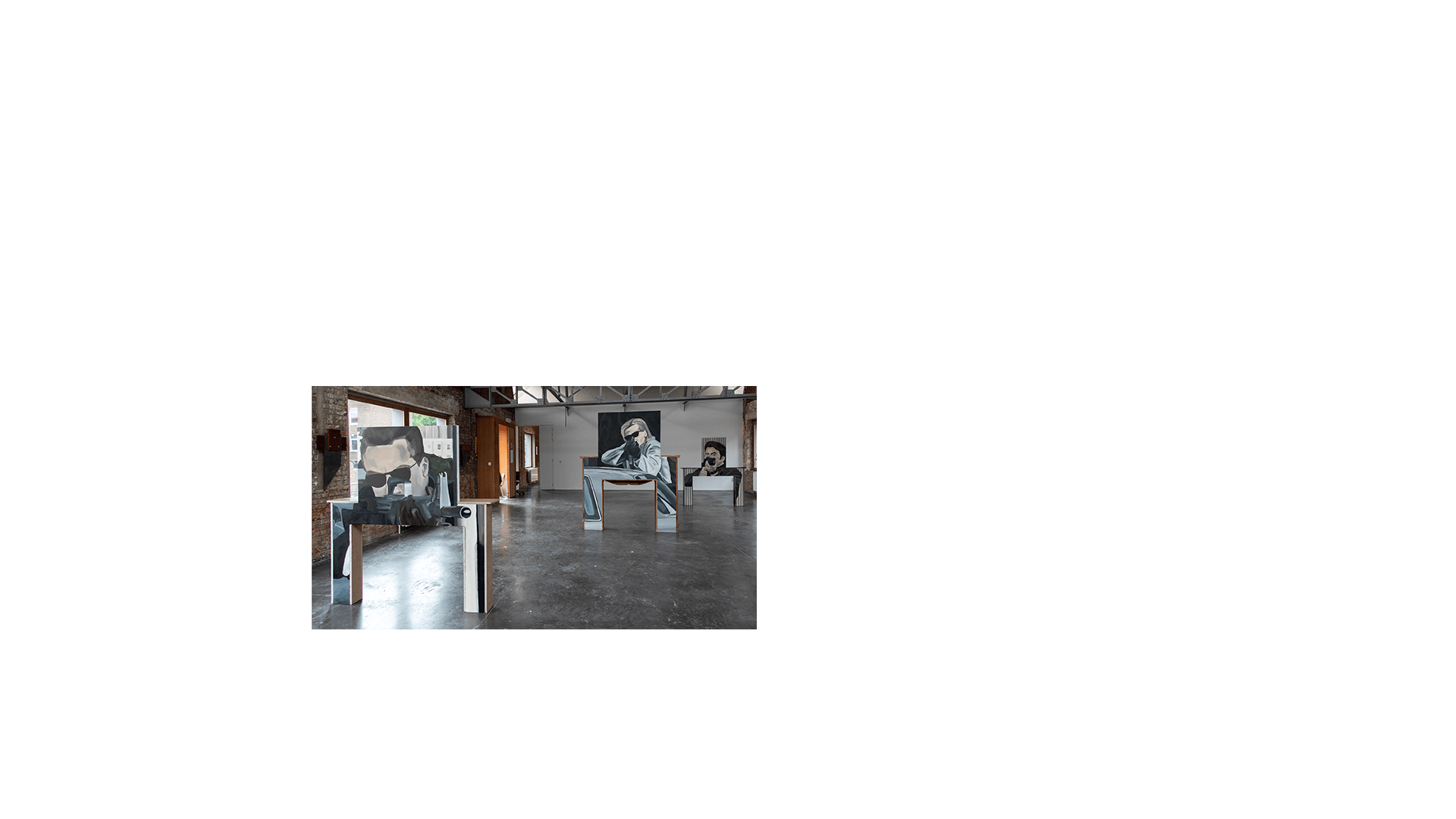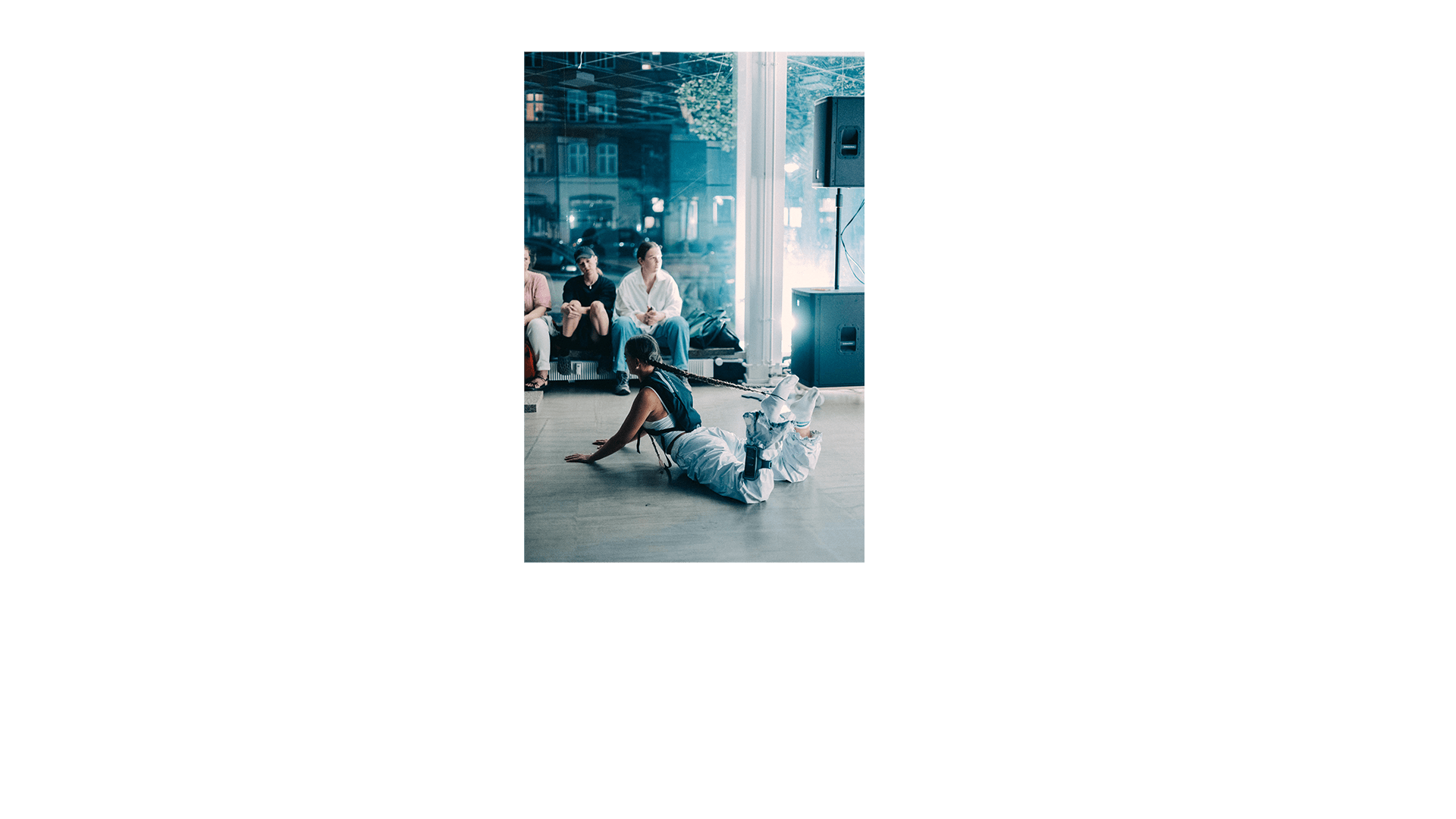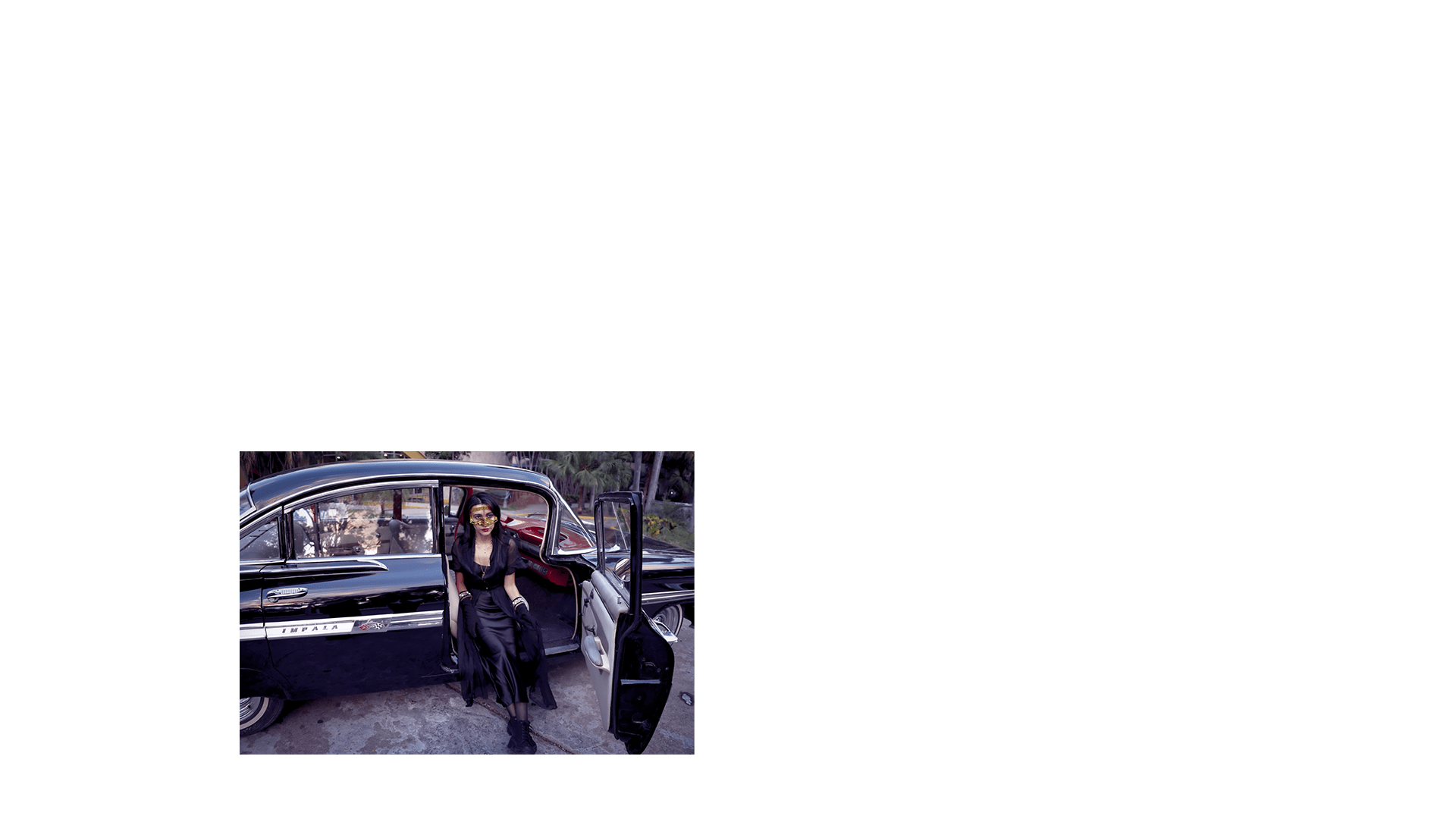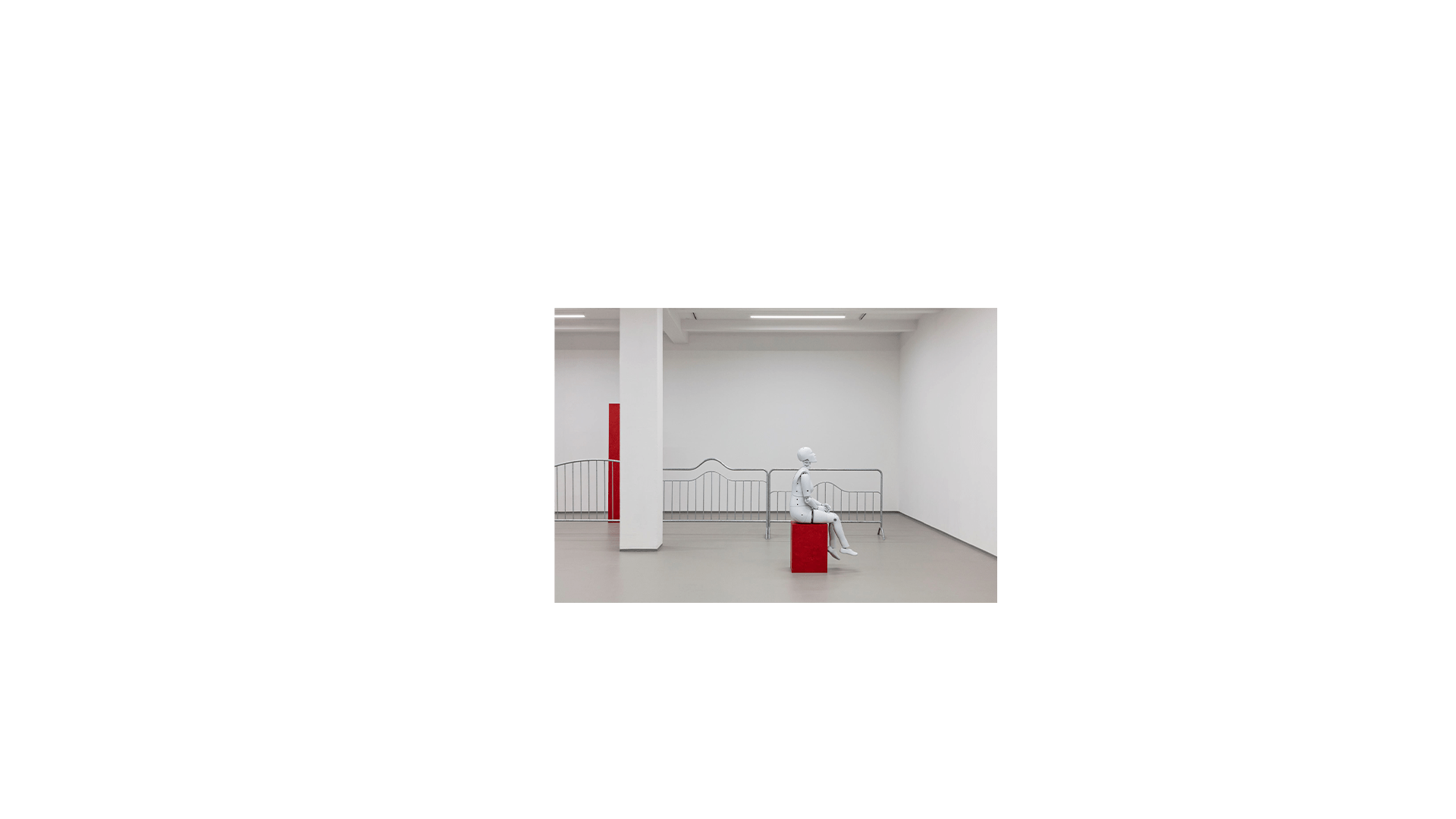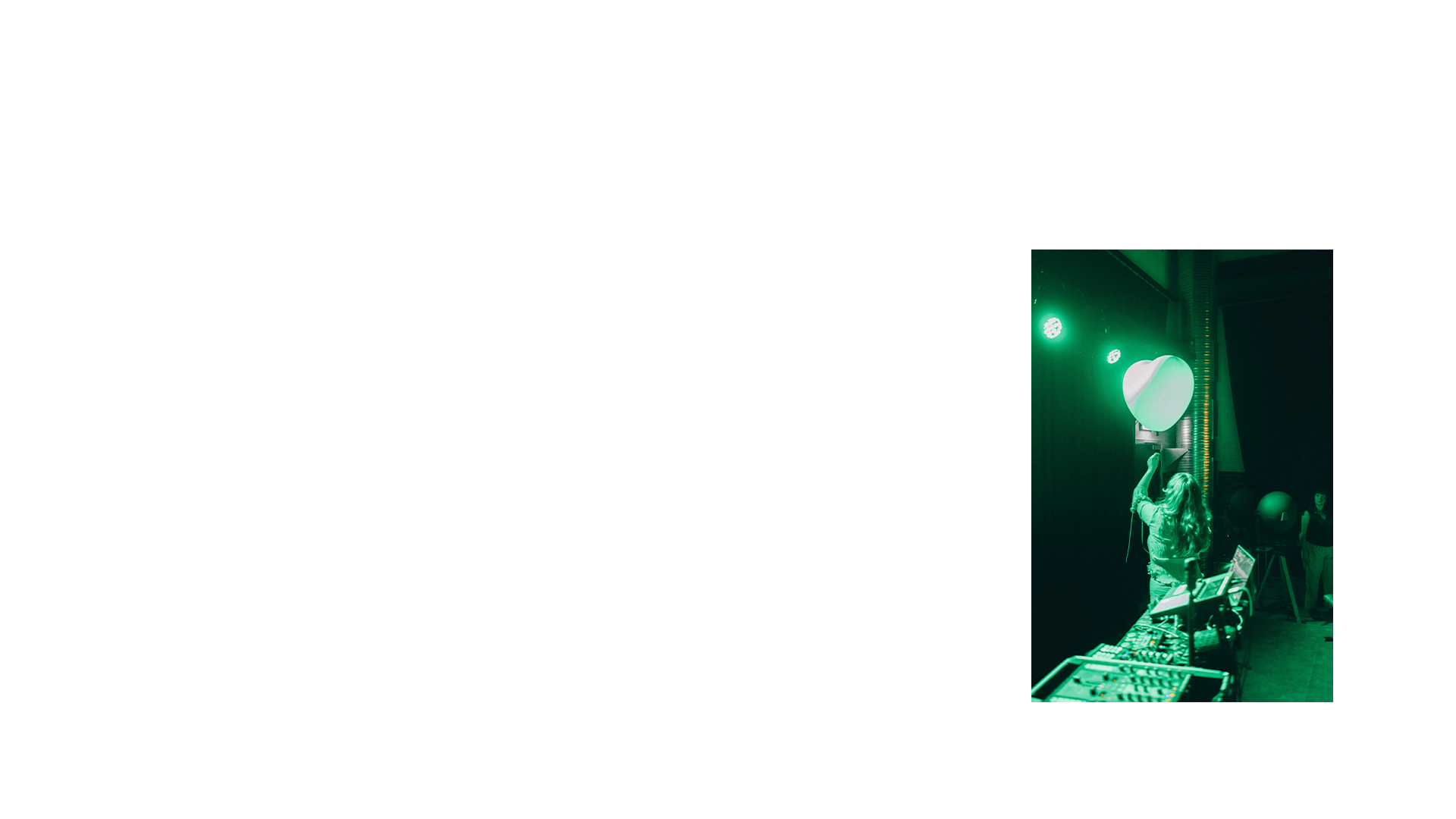 Tove Storch, 2024. Foto: Marie Bentzon
Tove Storch, 2024. Foto: Marie Bentzon
The Danish visual artist Tove Storch treads new ground in the exhibition Glassy Eyes, which opens at Glas — Museum of Glass Art on 22nd November. In a series of completely new works, she explores the challenging, fluid material for the first time and shows us its unconditional fragility, but also explosiveness in prominent and intricate sculptures.
A central theme for Storch’s new glass works is the body as a container and creator for the movements of the mind. Large, blood-red drops, tears and glassy eyes, spheres, obstacles and long bows evoke through the glass, the delicate but also explosive fragility and condensed drama about the common language of the spirit and body. In Glassy Eyes, Tove Storch stretches the glass to its limit; to meter-long, thin threads, in which the glass is allowed to tell its own inherent story, when holes left by the tool become pupils with a look into the depths behind.
Glassy Eyes has been curated by author, art critic and art editor Maria Kjær Themsen, who has also written texts for the exhibition.
~
INFO
Tove Storch: Glassy Eyes
23.11.24 – 09.03.25
Opening 22 November at 4.00PM
Everyone is welcome. Free entrance.
Read more about the opening hours and accessibility.
~
Tove Storch (b. 1981) graduated from the Royal Danish Academy of Fine Arts in Copenhagen in 2007 and studied at the Akademie der Bildende Künste in Vienna in 2004 and the Weissensee Kunsthochschule Berlin in 2006. Among other things, she is a recipient of Carl Nielsen and Anne Marie Carl- Nielsen’s Legat and the Danish Arts Foundation’s three-year working grant, and her works are in several public collections, including Louisiana Museum of Modern Art, Malmö Museum of Art, and The Phillips Collection, Washington D.C. Tove Storch lives and works in Copenhagen.
ABOUT THE EXHIBITION SERIES LIQUID EXCHANGE
The exhibition is the first visible result of a new collaboration between Glas and Art Hub Copenhagen, which under the title of Liquid Exchange gives several contemporary artists, who have not previously worked with glass, the opportunity to create glass works and thus expand and develop their practice in a completely new direction.
Over four years (2024-2027) several artists will be invited to investigate glass as an artistic material and show the result in an annual exhibition. The Liquid Exchange collaboration is named after the liquid nature of glass and indicates that Glas and Art Hub Copenhagen will focus on exchange and experimentation across the two institutions during the four years.


